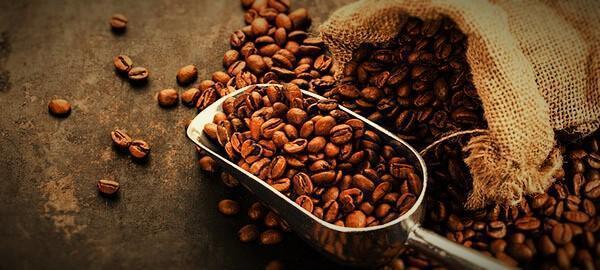How much do we know about the coffee we drink every day? Where does the coffee used in our cappuccino machines come from? Next time you go into the kitchen to make a cappuccino, look at the coffee packet, and you might be surprised. The number of coffee-producing coffees is proliferating, and the differences between the types of coffee, according to their origin, can be astounding.
 Of course, coffee produced in Columbia is known worldwide. Although it is often used in mass-produced supermarket coffees, there are a number of very fine Columbian grinds that should not be overlooked. One example is La Esperanza, grown at over six thousand feet in Tolima. While the aroma of this particular coffee is likened to cherries, the taste contains an exquisite combination of chocolate and pipe tobacco tones.
Of course, coffee produced in Columbia is known worldwide. Although it is often used in mass-produced supermarket coffees, there are a number of very fine Columbian grinds that should not be overlooked. One example is La Esperanza, grown at over six thousand feet in Tolima. While the aroma of this particular coffee is likened to cherries, the taste contains an exquisite combination of chocolate and pipe tobacco tones.
Less well-known are coffees from areas such as Hawaii. A particular favorite from this island is Kona, which comes in various roasts, from light to espresso. This coffee has a very low acidity, which works beautifully with the robust flavor of the dark espresso roast.
Continuing east on our coffee tour, we come to Africa, home to several superb coffee flavors. In Tanzania, should you be brave enough to attempt an ascent of Kilimanjaro, you would find the unusually shaped Peaberry coffee bean. The single oval bean produces a lighter coffee with a higher-than-average acidity. Ethiopia is another crucial part of Africa’s coffee history. An unusual taste from the Yirgacheffe region mixes ginger and citrus peel to give a sharp, chocolate-like effect.
Our first taste of Asian coffee should probably be sampled in India. The coffee beans that result from the humid and rainy months of the Monsoon Malabar are swollen and golden in color, producing a distinctive flavor and aroma of apricots. Jumboor beans are another popular variety, which adds a raisin-like flavor to the drink. A lighter alternative can be found in Indonesia, where a sweet and flowery drink is made from beans in the Lake Toba region of Sumatra.
Another unusual location for coffee production is Jamaica, where the Peaberry, closely related to the African single bean of the same name, is made into a rich, intense drink with a sweet acidity and a range of floral tones.
Take a little time to find out what you like about your coffee and explore the possibilities available from the many coffee-producing countries. You may find a perfect African cup that satisfies in the morning, an American roast for your coffee break, and an Asian delicacy to follow your evening meal.
Share This Article on Social Media


